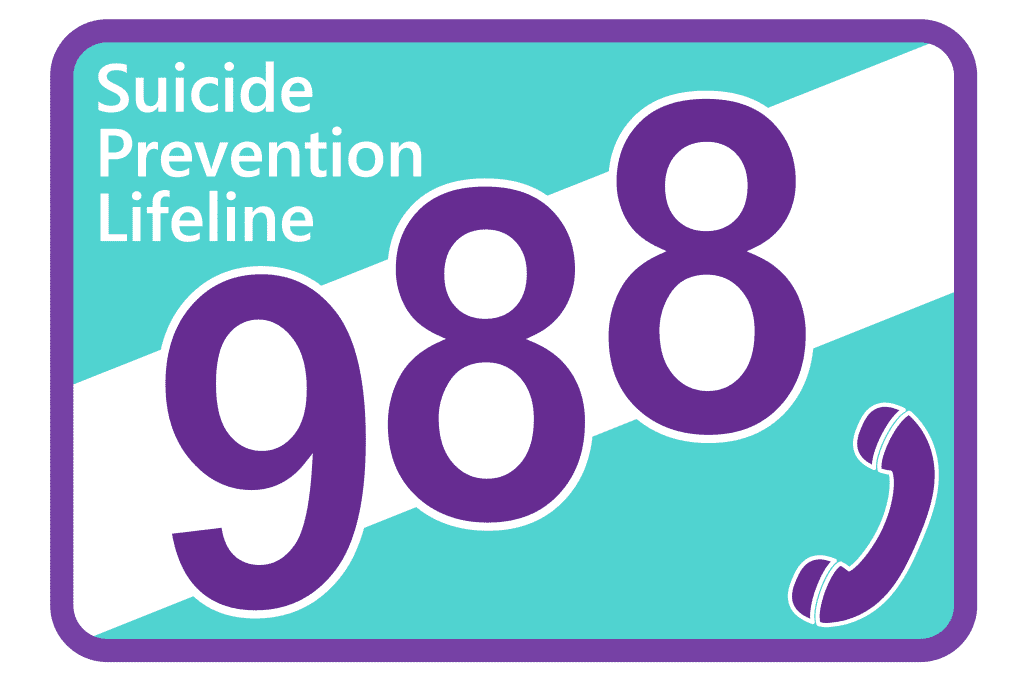The suicide rate among patients with major depressive disorder (MDD) and bipolar disorder (BD) is over 30 times higher than the general population.
Researchers from Texas Tech University, The University of Texas, and Harvard Medical School investigated this astounding statistic to try and figure out why people with these conditions are so at risk. Here is what The Primary Care Companion for CNS Disorders study found:
- People with MDD were significantly more likely to harm themselves by cutting or poisoning than people with BP, but this was the most frequent self-harm method among both groups.
- About 30 percent of all patients used drugs, such as tranquilizers, in their suicide attempts. Pain killers, sedatives, and hypnotics were used by 4.9 percent of MDD patients and 3.7 percent of BD patients.
- Other widely used methods included intake of an unspecified solid and liquid substance, hanging by strangulation, or suffocation.

The authors also discovered some interesting differences between the two patient groups:
- Psychiatric comorbidities were common in both groups, but anxiety, substance abuse disorders, and depressive symptoms were much more prevalent among MDD patients.
- Schizophrenia and other psychotic illnesses were more likely among people with BD.
- People with BD tended to be younger, single, have lower income, live alone, and have lower levels of education compared to those with depressive illnesses.
As well as some similarities:
- People with either mood disorder were more likely to be hospitalized if they lived in areas where the median family income was in the 50th percentile or lower.
- Hospital admissions were higher in urban teaching hospitals than in urban nonteaching and rural hospitals for both diagnoses.
- There were more females and white people in both groups compared to a sample population without any mood disorders.
This was the first study to mine a national database of more than 19,000 people to understand how individuals with MDD and BD attempt to end their lives, the authors said.
“Identification of the suicide predictive factors in MDD and BD patients is essential to prevent suicide,” they wrote. “It is equally important to determine the methods by which patients try to end their lives. Identification of this information could help prevent the future actions of these vulnerable patients.”



